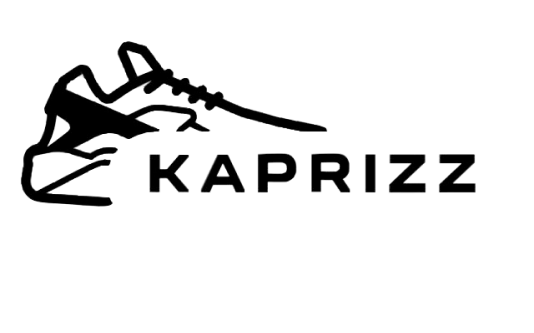Artificial Intelligence (AI) has taken the world by storm, ushering in a wave of technological advancements that promise to reshape societies. One of the notable inventions of this era is the AI generator, a technology that holds immense potential in multiple sectors, including content creation, aigeneratorx.com design, and scientific research. This article endeavors to observe and explain the dynamics surrounding AI generators, drawing insights from their development, operations, and potential impact on various industries.
An AI generator refers to an Artificial Intelligence program which can generate content that mimics human cognition. This technology expands the realm of AI beyond automation to creating new and unique content. These generators can produce everything from music, art, and stories, to new scientific hypotheses by approximating human creativity and intelligence, representing a significant leap in the application of AI.
AI generators owe their burgeoning development to advancements in Machine Learning (ML), particularly in an area called Natural Language Processing (NLP). As such, many AI generators are essentially linguistic models trained across vast datasets, enabling them to produce human-like text by understanding language structure, context, and semantics.
OpenAI’s GPT-3 is a robust example of this kind of AI generator. With its powerful predictive abilities, this model can produce human-like text across varied styles and tones, depending upon the prompts given to it. This has wide-ranging implications for industries such as content creation, marketing, and customer service, to name a few.
However, the development of AI generators isn’t limited to text generation. In recent years, many innovations have been made in AI-based music and image generators. For instance, OpenAI’s DALL-E, uses a variant of the GPT-3 model to generate human-like images from written prompts. In music, tools like OpenAI’s MuseNet utilize a similar concept, creating music in diverse styles from different epochs blending orchestras with rock bands and generating completely new compositions.
Such advances in AI Generators indicate a trajectory towards more intelligent and creative AI tools. AI developers are continually attempting to overcome the limitations of current models, specifically their inability to understand the world in the same way humans do.
The applications of AI generators are vast and far-reaching. In content production, they are assisting journalists, writers, and marketers in generating rapid and high-quality content. In customer service, AI chatbots are engaging with customers, resolving queries, and delivering relevant information in a human-like manner. In design, AI generators are helping in creating logos, prototypes, and digital media content.
However, as with any potent innovation, AI generators come with their fair share of existential challenges and ethical considerations. There are valid concerns about how these generators might be misused, such as creating deepfake images or videos, propagating disinformation, and replacing human jobs.
In terms of ethical use, it is critical to ensure that AI generators do not obliterate creativity and copyright. It opens up a Pandora’s box of questions about authorship and royalty, particularly when the AI-generated content is commercialized. This necessitates the development of legal and regulatory frameworks that can determine the rights and responsibilities related to AI-generated content.
In conclusion, AI generators represent a fascinating juncture in our journey towards a more digital and automated future. With a multitude of applications and potential for further development, these models have begun to solidify AI’s transformative role across sectors.
However, to effectively harness their potential, ethical and legal frameworks need to be put in place to regulate their use and mitigate the risk of misuse. We stand at an exciting precipice, poised to make AI not only an instrument for automation but an enabler of creativity and innovation. AI generators bring a new dimension to the discourse around AI, further blurring the lines between human and machine capabilities.










